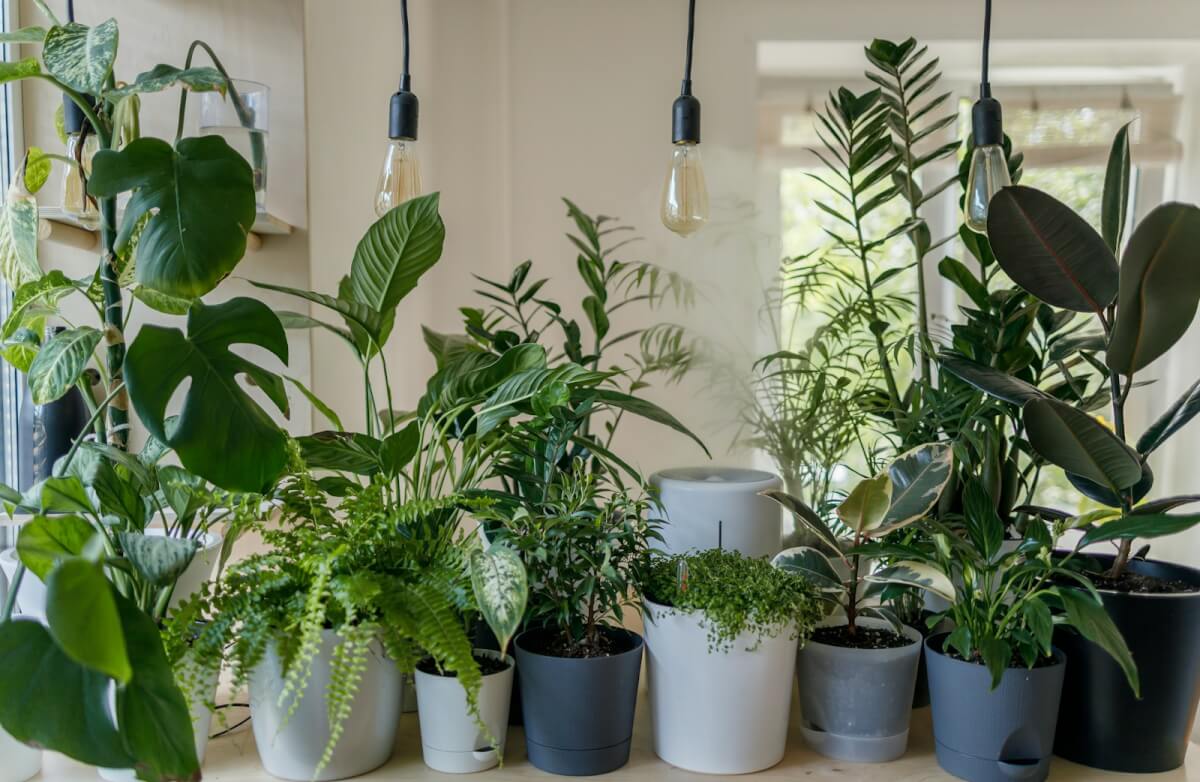
(Credit: Jirsak/Shutterstock)
ITHACA, N.Y. — Plants are not only living things; researchers say they also possess a form of intelligence. New research shows plants like goldenrods are “smart enough” to detect other nearby plants without ever making contact. They are also smart enough to adapt to threatening situations, such as herbivores eating them.
There are various ways of measuring intelligence. Plants may not solve complex math problems, but researchers from Cornell University found that some species have the intellectual capacity for flexible, real-time adaptive responses. Their findings are published in the journal Plant Signaling and Behavior.
“There are more than 70 definitions that are published for intelligence and there is no agreement on what it is, even within a given field,” says Andre Kessler, a chemical ecologist and professor at Cornell, in a university release.
Some people try to define intelligence as having a central nervous system, where electrical signals pass along messages to other nerves to process information. Plants do not have a brain like humans. However, they have vascular systems, which some biologists argue are similar to our central nervous system. The plant’s vascular system also works to process information.
Now, the study authors propose a different definition of intelligence. Instead of focusing on signs of electrical signaling in a plant, the team focused on how that signaling helps a plant process environmental cues. Specifically, the team looked for evidence of problem-solving as a sign of intelligence.

Goldenrods were the plants researchers chose to observe in this study. The team previously looked at how goldenrods responded when eaten by pests like the leaf beetle larvae. To protect themselves from being eaten, goldenrods release a chemical that tricks the insect into thinking the plant is damaged and would not make a good meal. The chemical compounds are also picked up by nearby goldenrod plants, allowing them to mount their defenses against the herbivore.
While some goldenrods might incur some damage, this quick thinking reduces the risk of being completely eaten alive. Instead, goldenrods distribute the damage by tricking the beetle larvae into moving on to another plant.
“This would fit our definition of intelligence,” Kessler explains. “Depending on the information it receives from the environment, the plant changes its standard behavior.”
Previous research on goldenrods has shown that these plants perceive far-red light ratios from other nearby plants. Neighboring plants that detect goldenrods eaten by herbivores adapt to the situation by growing faster and making more defensive compounds to fight off insect pests. When there are no neighbors nearby to warn them of a potential threat, the plants do not engage in accelerated growth, and the chemical response they send out is different. Additionally, goldenrods detect chemicals released from the pest and use them as cues for a threat that could potentially attack them.
“They can smell out their environment very precisely; every single cell can do it, as far as we know,” Kessler concludes. “What that means is, the brain in the plant is the entire plant without the need of central coordination.”










